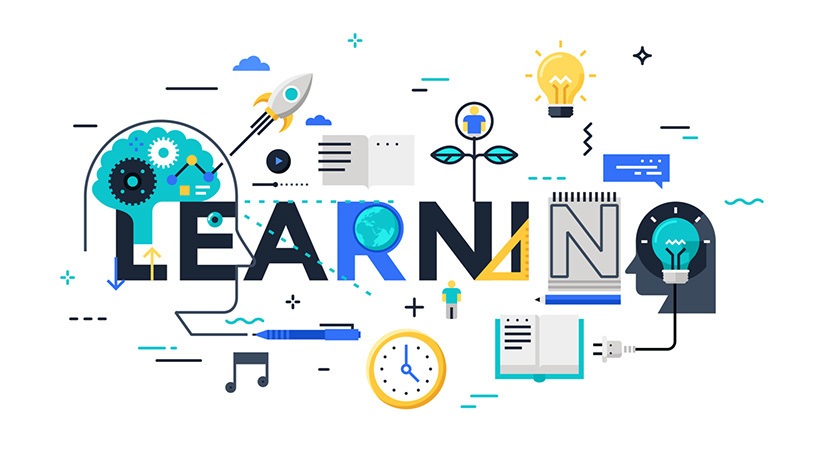-
Visual Learners:
- Use Visual Aids: Incorporate visual materials such as diagrams, charts, graphs, and videos into your study sessions. Visual learners benefit from seeing information presented in a clear and organized manner.
- Mind Mapping: Create mind maps or concept maps to visually represent complex ideas and relationships between concepts.
- Color Coding: Use different colors for highlighting and organizing notes to make information more visually distinctive.
- Flashcards: Create flashcards with key terms and concepts, along with relevant images or diagrams.
- Diagrams and Flowcharts: Create flowcharts or diagrams to illustrate processes or sequences of events.
-
Auditory Learners:
- Record Lectures: If possible, record your lectures or study materials, and listen to them multiple times. Hearing the information can reinforce your understanding.
- Group Discussions: Participate in study groups where you can discuss and explain concepts out loud to others.
- Verbal Repetition: Repeat information, key terms, and important facts out loud. This can help you remember and internalize the content.
- Audiobooks and Podcasts: If available, consider listening to audiobooks or educational podcasts related to your subject matter.
-
Kinesthetic Learners:
- Hands-On Activities: Engage in hands-on learning experiences, such as conducting experiments, building models, or physically manipulating objects related to your subject.
- Role-Playing: Act out scenarios or problems related to your study material to better understand and remember complex concepts.
- Interactive Learning: Use interactive software or online simulations to immerse yourself in the subject matter.
- Writing and Drawing: Create your own notes, diagrams, and illustrations to help you process and remember information. The act of writing can be kinesthetic and reinforce your understanding.
Regardless of your primary learning style, it's essential to consider incorporating a mix of these strategies into your study routine, as many people have a combination of learning preferences. Here are some general study tips that can be effective for all learners:
-
Set Goals: Define clear objectives for your study sessions, so you know what you need to achieve.
-
Break Information into Chunks: Divide your study material into smaller, manageable sections to prevent overwhelm.
-
Active Learning: Engage with the material actively, whether it's through summarizing, asking questions, or teaching the material to someone else.
-
Practice Retrieval: Test yourself by recalling information from memory to strengthen your retention.
-
Vary Study Environments: Changing your study location can help keep your brain engaged and prevent monotony.
-
Use Multiple Senses: Incorporate as many senses as possible into your study process. For example, you can read, say, and write information to engage visual, auditory, and kinesthetic elements.
-
Stay Organized: Keep your study materials and notes well-organized, making it easier to find what you need.
-
Take Breaks: Short, regular breaks can improve focus and memory retention.
-
Stay Consistent: Establish a regular study schedule to develop good study habits over time.
Remember that effective study strategies can evolve as you become more aware of your learning style and preferences. Experiment with various techniques to determine which ones work best for you, and don't be afraid to adapt and refine your study habits as needed.




Comments (0)